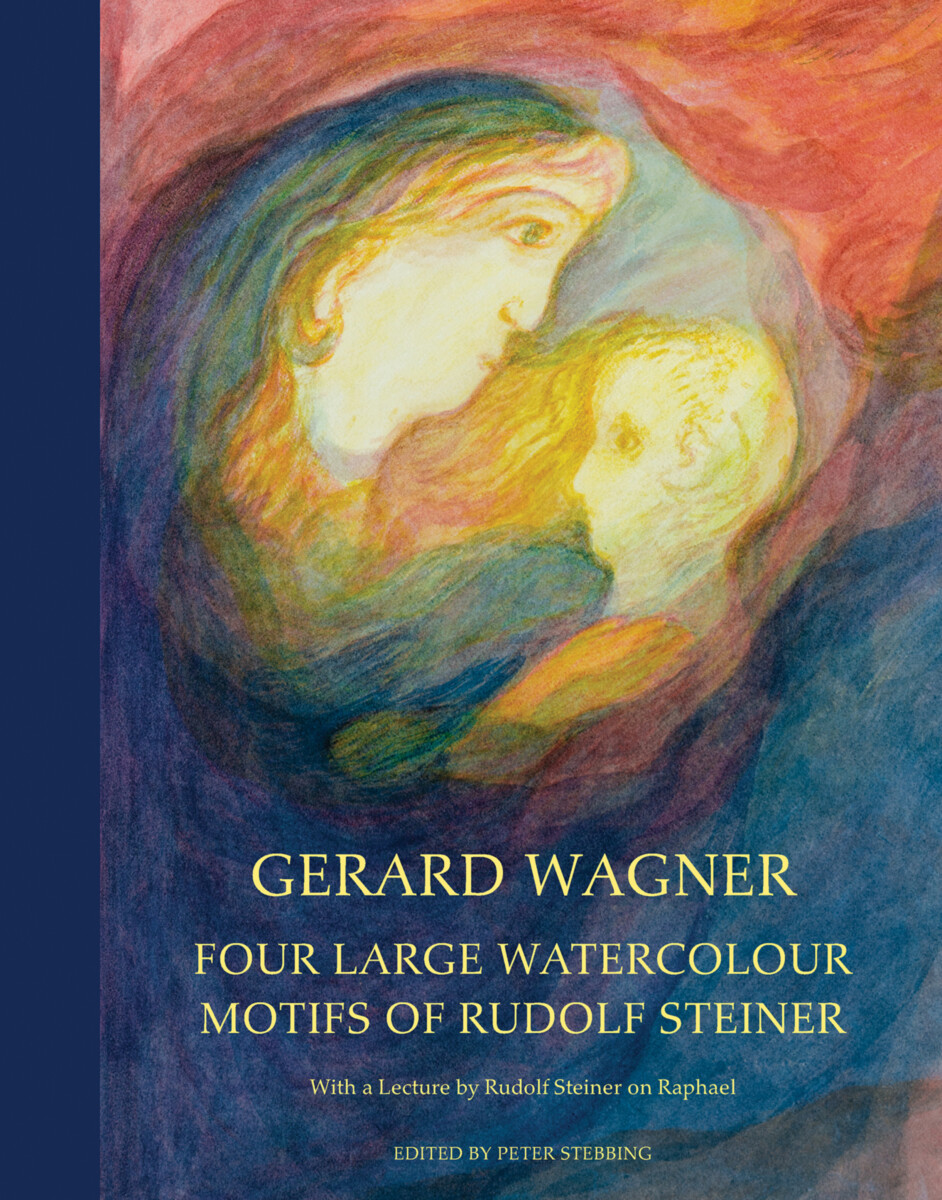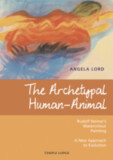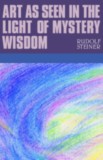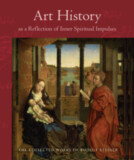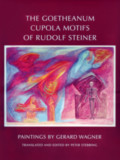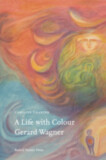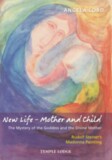Four Large Watercolour Motifs of Rudolf Steiner
With a Lecture by Rudolf Steiner on Raphael
By (artist) Rudolf Steiner and Gerard Wagner
Introduction by Peter Stebbing
Edited by Peter Stebbing
Foreword by Virginia Sease, PhD
- Publisher
SteinerBooks - Published
28th February 2023 - ISBN 9781621482741
- Language English
- Pages 204 pp.
- Size 8.5" x 11"
- Images Color
“The art of the future will be an art of inner maturity. What leads to artistic activity will be sensed only at a relatively advanced age in life. It will no longer be assumed that one cannot have the necessary youth forces for artistic creation in later years—as is still often asserted today. It will be found that only by way of inner deepening augmented by spiritual scientific insight are the forces released that lead to artistic creation.” —Rudolf Steiner, Dornach, February 7, 1915
The painter Henni Geck convinced Rudolf Steiner to paint five watercolors featured in this book:
– The Moon Rider (The Dream Song of Olaf Åsteson), January 1924
– New Life (Mother and Child), February 1924
– Easter (Three Crosses), April 1924
– The Archetypal Plant, May 1924
– Archetypal Human Being (or Archetypal Animal) July/August 1924
The paintings reproduced in this book—also including a selection from the works of the painter Gerard Wagner—arose from direct color experience and “imagination,” as Steiner describes this inner capacity. The purpose of this volume is to focus on unique possibilities that can open up for the future of art in the world and become a means and path for spiritual-scientific inquiry.
“We are at a point in the fifth post-Atlantean age when current views must be directed to spiritual forms in art.” —Rudolf Steiner, Dornach, August 31, 1918
C O N T E N T S:
Foreword by Virginia Sease
Introduction
Preliminary Remarks
“Raphael's Mission in the Light of the Science of the Spirit” by Rudolf Steiner
NEW LIFE (MOTHER AND CHILD)
The Friedwart Madonna as a Color Exercise (Louise van Blommestein)
Mother and Child: Raphael's “Sistine Madonna”
A Further Possible Color Buildup
EASTER (THREE CROSSES)
The Easter Motif
A Possible Color Buildup
THE ARCHETYPAL PLANT
The Ideal Plant Form
A Possible Color Buildup
ARCHETYPAL HUMAN BEING / ARCHETYPAL ANIMAL
The Primeval Form of the Human Being
A Possible Color Buildup
Rudolf Steiner's Training Motifs for Painters
ADDENDUM
Further Examples from the Work of Gerard Wagner
The Two-dimensional Surface and “Color Perspective”
The Three Luster Colors: Yellow, Blue, and Red
Goethe's Color Phenomena and the New Art of Painting
Afterword: Archetypal Motifs in Art
Supplementary Observations
“The Painting Process as Meditation: On the Lifework of Gerard Wagner” by Sergei O. Prokofieff
Acknowledgments
About the Editor
Selected Bibliography
Rudolf Steiner
Rudolf Steiner (b. Rudolf Joseph Lorenz Steiner, 1861–1925) was born in the small village of Kraljevec, Austro-Hungarian Empire (now in Croatia), where he grew up. As a young man, he lived in Weimar and Berlin, where he became a well-published scientific, literary, and philosophical scholar, known especially for his work with Goethe’s scientific writings. Steiner termed his spiritual philosophy anthroposophy, meaning “wisdom of the human being.” As an exceptionally developed seer, he based his work on direct knowledge and perception of spiritual dimensions. He initiated a modern, universal “spiritual science” that is accessible to anyone willing to exercise clear and unbiased thinking. From his spiritual investigations, Steiner provided suggestions for the renewal of numerous activities, including education (general and for special needs), agriculture, medicine, economics, architecture, science, philosophy, Christianity, and the arts. There are currently thousands of schools, clinics, farms, and initiatives in other fields that involve practical work based on the principles Steiner developed. His many published works feature his research into the spiritual nature of human beings, the evolution of the world and humanity, and methods for personal development. He wrote some thirty books and delivered more than six thousand lectures throughout much of Europe. In 1924, Steiner founded the General Anthroposophical Society, which today has branches around the world.


